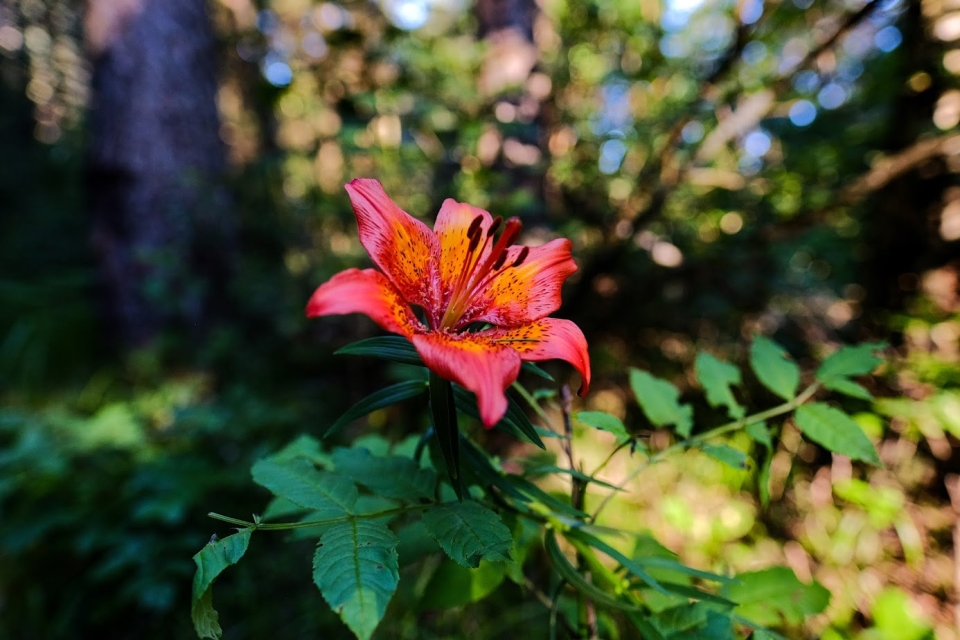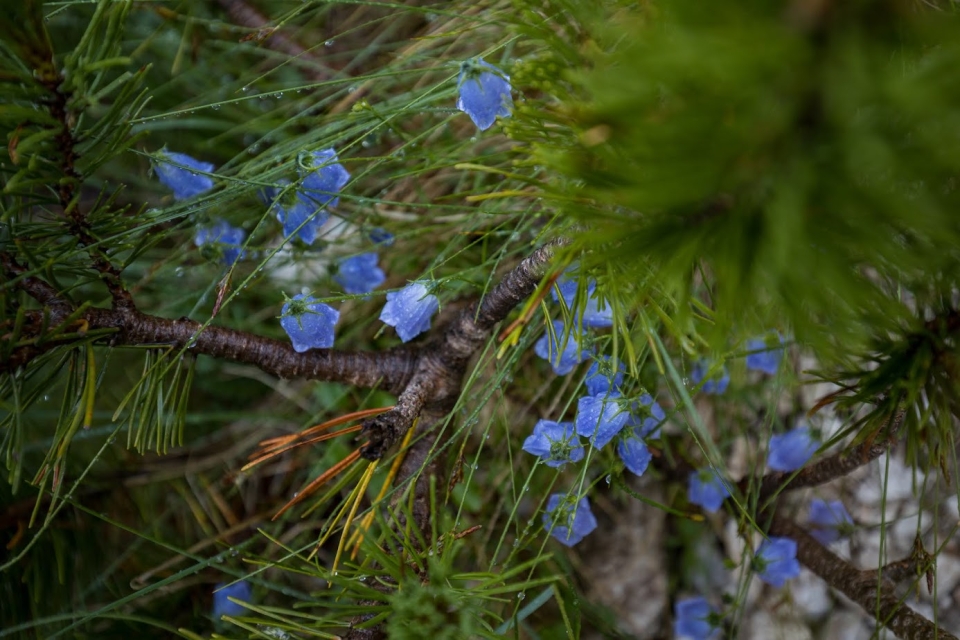The Pulsatilla montana and Fritillaria orientalis greet the awakening nature in spring.
The Karst is coloured by the flowers of many herbs, including the common peony, orange lilly and dianthus sanguineus.
Many plants, such as burning bush and mountain savory, enrich the air with their characteristic fragrances.
The stipa eriocaulis waves in the wind on the dry glade.

Many plants have their only habitat in the Karst. Some of them are also exceptionally common in the Alps, but many are widespread throughout Slovenia.
In autumn, the Karst landscape glows with numerous shrubs of Smoke tree and the blue-tinted Eryngium amethystinum. When native plants like the European hop-hornbeam and Manna ash lose their leafy cover in winter, the Black pine takes over, a tree used to reforest the white barren Karst lands in the second half of the 19th century.

TIP FOR VISITING
- An autumn trip to the Karst reveals different colors and a different face. The vibrant red of the Smoke tree and other shrubs and trees adds to the landscape's beauty.
DID YOU KNOW?
- Dry Karst meadows, with their diversity of flowers, are a true paradise for butterflies. One of them is polyommatus coridon.
- Plants are best observed in their natural environment. Therefore, take a walk along the Škocjan Education Trail.
- If you want to see the blooming Karst, plan your visit in spring. You might also combine your trip with the cave festival.
Was this page helpful?
Thank you.
Thank you.

